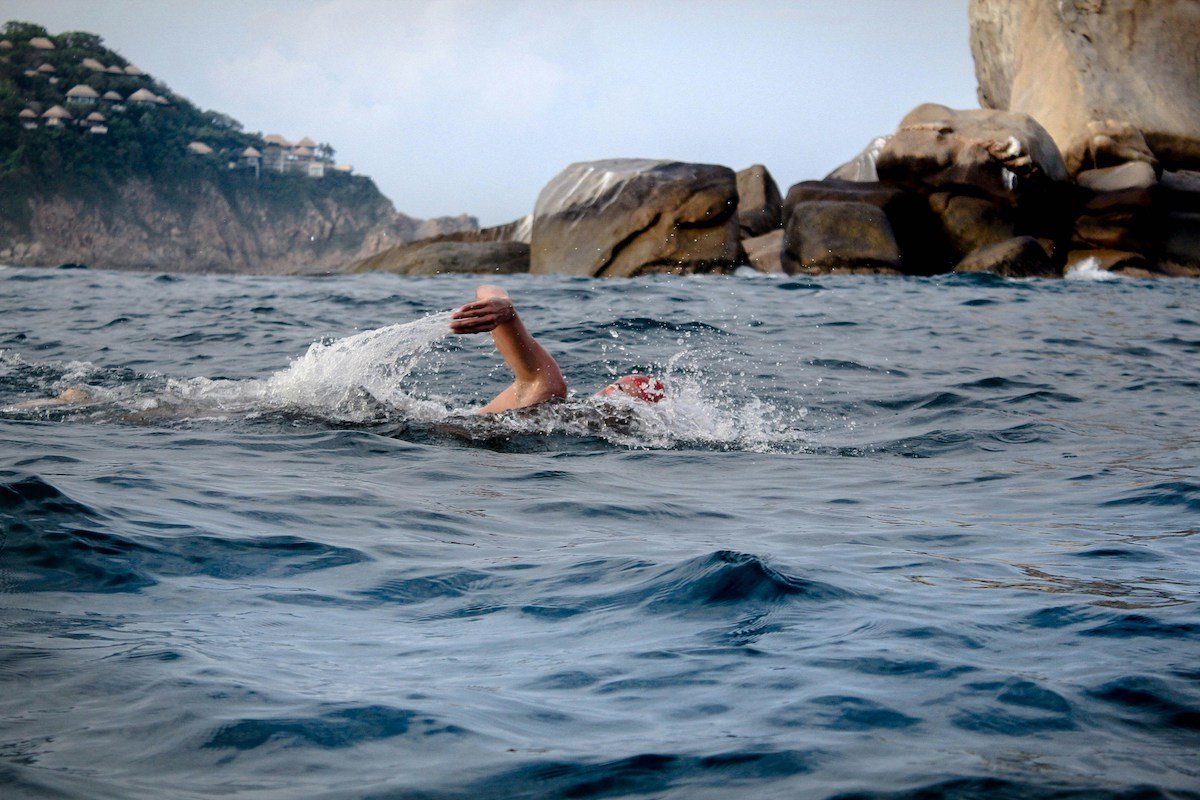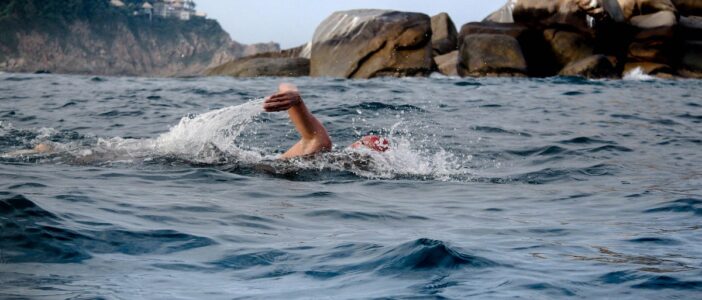Introduction
Are you ready to embark on an aquatic adventure that will invigorate your senses and push your limits? Openwater swimming offers a thrilling escape from the confines of the pool, immersing you in the beauty and challenges of nature. Whether you’re a seasoned pool swimmer seeking new challenges or a beginner looking to explore the open seas, this guide will provide you with valuable insights and tips to kickstart your journey into openwater swimming.
Understanding Openwater Swimming
What is Openwater Swimming?
Openwater swimming refers to any swimming activity that takes place in natural bodies of water such as oceans, lakes, rivers, or reservoirs. Unlike swimming in a pool, openwater swimming presents unique challenges, including unpredictable weather conditions, currents, waves, and wildlife encounters. However, it also offers unparalleled opportunities to connect with nature and experience the freedom of swimming in expansive, open spaces.
Benefits of Openwater Swimming
- Physical Fitness: Openwater swimming provides a full-body workout, engaging muscles that may not be utilized as intensely in pool swimming due to the varied conditions and resistance of natural water bodies.
- Mental Well-being: Immersing yourself in nature can have profound psychological benefits, reducing stress, anxiety, and promoting a sense of calm and tranquility.
- Adventure and Exploration: Openwater swimming allows you to explore new environments and discover hidden gems, from secluded coves to vibrant coral reefs.
- Community and Camaraderie: Joining openwater swimming groups or events can introduce you to a supportive community of like-minded individuals who share your passion for the sport.
Getting Started
1. Develop Basic Swimming Skills
Before venturing into openwater swimming, it’s essential to build a strong foundation of swimming skills. Practice swimming strokes such as freestyle, backstroke, breaststroke, and butterfly in a pool until you feel confident and comfortable in the water.
2. Familiarize Yourself with Openwater Gear
Invest in essential openwater swimming gear, including a wetsuit for insulation and buoyancy, swim goggles with UV protection, swim cap for visibility, and a brightly colored swim buoy for safety.
3. Choose the Right Location
Selecting the appropriate location for your first openwater swim is crucial. Opt for calm, sheltered waters with minimal boat traffic and clear visibility. Start with shorter distances and gradually increase the duration and distance of your swims as you gain experience.
4. Understand Safety Precautions
Prioritize safety at all times when swimming in openwater. Familiarize yourself with openwater safety protocols, including weather conditions, water temperature, marine life risks, and emergency procedures. Always swim with a buddy or in a supervised group, and never exceed your comfort level or swim alone in remote areas.
Overcoming Challenges
Navigating Environmental Factors
Openwater swimming exposes you to a range of environmental factors that can impact your swim experience. Learn to adapt to changing conditions such as wind, waves, currents, and water temperature by practicing in various settings and gradually increasing your exposure to challenging environments.
Conquering Mental Barriers
Overcoming mental barriers is often the most significant challenge for beginner openwater swimmers. The vastness and uncertainty of openwater can trigger feelings of fear or anxiety. Practice relaxation techniques such as deep breathing, visualization, and positive self-talk to stay calm and focused during your swims.
Building Endurance and Stamina
Building endurance and stamina is essential for tackling longer openwater swims. Incorporate interval training, long-distance swims, and cross-training activities such as cycling or running to improve your cardiovascular fitness and muscular endurance.
Openwater Swimming FAQ
- Open Water Swimming
- How do I prevent chafing and skin irritation during open water swims?
To prevent chafing, apply a lubricant like petroleum jelly or specialized anti-chafing products to areas prone to friction, wear a well-fitted swimsuit, and rinse off with fresh water after swimming to remove salt and debris that can irritate the skin.
- How do I prevent chafing from the wetsuit during the swim?
To prevent chafing from a wetsuit, ensure proper fit and consider wearing a rash guard or specialized wetsuit lubricant to reduce friction. Additionally, moisturizing and hydrating the skin before and after swimming can help minimize irritation and discomfort.
- How do I stay safe while swimming in natural bodies of water?
- How do I stay warm in cold water during open water swims?
- Is open water swimming different from pool swimming?
Yes, open water swimming differs from pool swimming due to factors such as water conditions (e.g., currents, waves), navigation challenges, lack of lane markings, temperature variations, and exposure to natural elements like sun, wind, and marine life.
- Should I invest in a wetsuit for colder water swimming?
- What safety measures should I take when swimming in open water?
- What should I do if I encounter marine life during my open water swim?
If you encounter marine life, remain calm, avoid sudden movements, maintain a respectful distance, and do not provoke or harass the animals. If necessary, gently redirect your swim path away from the wildlife and signal for assistance if you feel threatened or unsafe.
- What should I know about currents, tides, and waves in open water?
- What type of wetsuit should I wear for open water swimming?
- What is open water swimming?
Open water swimming refers to swimming in natural bodies of water such as lakes, rivers, or oceans, as opposed to swimming in a pool. It often involves longer distances and requires different skills due to factors like currents, waves, and varying water temperatures.
- Are there any environmental considerations when swimming in open water?
Yes, it’s essential to be mindful of the environment when swimming in open water. Avoid disturbing wildlife, respect local regulations, and be aware of any pollutants or hazards in the water.
- Are there any safety concerns with open water swimming?
- Are there any specific breathing techniques for open water swimming?
- Are there any tips for managing anxiety in open water?
Yes, managing anxiety in open water involves gradual exposure, relaxation techniques, focusing on breathing, positive visualization, and building confidence through practice and familiarity with the environment.
- Are there any training programs for open water swimming?
- Are there special goggles for open water swimming?
- Can I swim in open water without a wetsuit?
- Can I wear sunscreen while swimming?
- Do I need a specific type of swim goggles for open water swimming?
- Do I need any special equipment for open water swimming?
- How do I deal with the fear of swimming in deep water or open water?
Overcoming fear involves gradual exposure, relaxation techniques, building confidence through practice, seeking support from experienced swimmers or coaches, and focusing on positive experiences and achievements in the water.
- How do I find open water swimming events or races near me?
You can find open water swimming events or races through online platforms, social media, local swimming clubs, or organizations dedicated to open water sports. Websites and forums often list upcoming events along with registration details and participant requirements.
- How do I navigate and sight while swimming in open water?
Navigation involves using landmarks, buoys, or other visual cues to maintain direction, while sighting requires lifting your head periodically to orient yourself without disrupting your stroke. Practicing navigation techniques can improve your efficiency and confidence in open water.

